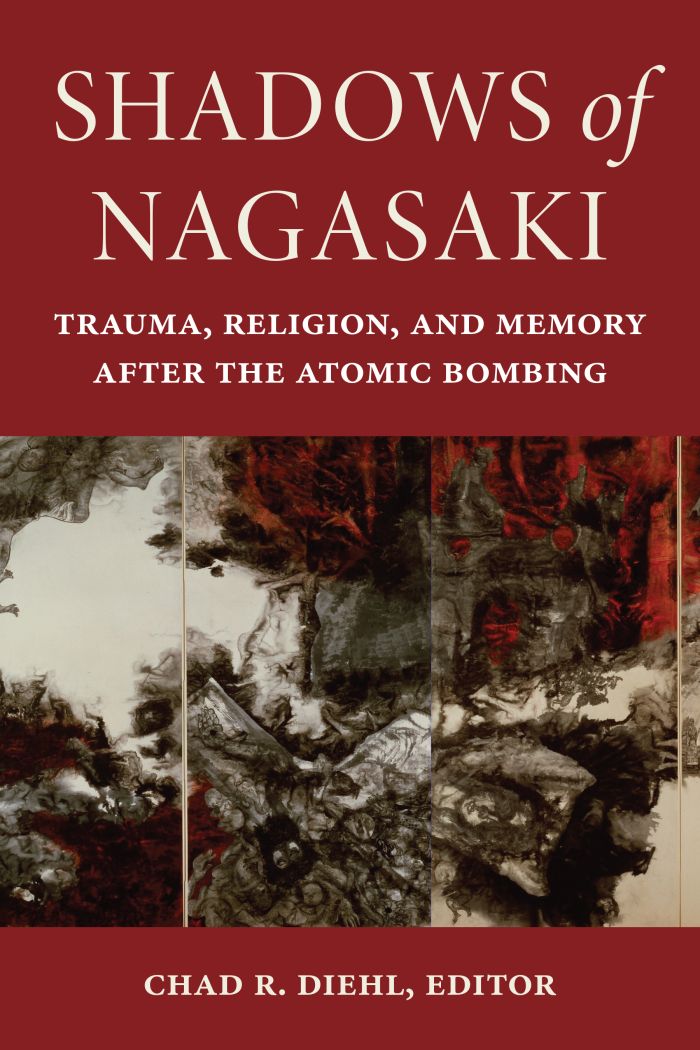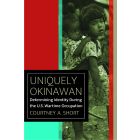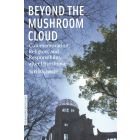Shadows of Nagasaki
Trauma, Religion, and Memory after the Atomic Bombing

This book can be opened with

A critical introduction to how the Nagasaki atomic bombing has been remembered, especially in contrast to that of Hiroshima.
In the decades following the atomic bombing of Nagasaki on August 9, 1945, the city’s residents processed their trauma and formed narratives of the destruction and reconstruction in ways that reflected their regional history and social makeup. In doing so, they created a multi-layered urban identity as an atomic-bombed city that differed markedly from Hiroshima’s image. Shadows of Nagasaki traces how Nagasaki’s trauma, history, and memory of the bombing manifested through some of the city’s many post-atomic memoryscapes, such as literature, religious discourse, art, historical landmarks, commemorative spaces, and architecture. In addition, the book pays particular attention to how the city’s history of international culture, exemplified best perhaps by the region’s Christian (especially Catholic) past, informed its response to the atomic trauma and shaped its postwar urban identity. Key historical actors in the volume’s chapters include writers, Japanese- Catholic leaders, atomic-bombing survivors (known as hibakusha), municipal officials, American occupation personnel, peace activists, artists, and architects. The story of how these diverse groups of people processed and participated in the discourse surrounding the legacies of Nagasaki’s bombing shows how regional history, culture, and politics—rather than national ones—become the most influential factors shaping narratives of destruction and reconstruction after mass trauma. In turn, and especially in the case of urban destruction, new identities emerge and old ones are rekindled, not to serve national politics or social interests but to bolster narratives that reflect local circumstances.
Thanks to multidisciplinary approaches, Shadows of Nagasaki situates the historiography of the atomic bombing in a broader context of Nagasaki history and beyond, which demonstrates a new approach to memory-making practice.—Yuki Miyamoto, Professor at Depaul University, and author of Beyond the Mushroom Cloud: Commemoration, Religion, and Responsibility after Hiroshima
Note on Japanese Names | xi
Introduction: Imagining Nagasaki: Religion and History in Postatomic Memoryscapes
Chad R. Diehl | 1
Part I: Catholic Responses
The "Saint" of Urakami: Nagai Takashi and Early Representations of the Atomic Experience
Chad R. Diehl | 33
Loving Your Neighbor across the Sea:
The Reception of the Work of Nagai Takashi in the Republic of Korea
Haeseong Park and Franklin Rausch | 70
Faith, Family, Earth, and the Atomic Bomb in the Art of Nagai Takashi
Anthony Richard Haynes | 93
"Love Saves from Isolation": Ozaki ToÅmei and His Journey from Nagasaki to Auschwitz and Back
Gwyn McClelland | 112
Part II: Literature and Testimony
"Nagasaki" in Akutagawa Ryu±nosuke's Taisho-Era Literary Imagination
Anri Yasuda | 131
Lambs of God, Ravens of Death, Rafts of Corpses:
Three Visions of Trauma in Nagasaki Survivor Poetry
Chad R. Diehl | 151
Listening to the Dead and Filling the Void: The Prayer and Activism of Akizuki Tatsuichiro
Maika Nakao | 179
Breaking New Ground in Nagasaki: Seirai Yuichi's Ground Zero Literature
Michele M. Mason | 191
Part III: Sites of Memory
Fragmented Memory:
The Scattering of the Urakami Cathedral Ruins among Nagasaki's Memorial Landscape
Anna Gasha | 215
One Fine Day: The Allied Occupation of Nagasaki and "Madame Butterfly House"
Brian Burke-Gaffney | 243
The Titan and the Arch:Regulating Public Memory through the Peace Statue
Nanase Shirokawa | 264
Part IV: Reflections
How I Came to Criticize Nagai Takashi's Urakami Holocaust Theory
Shinji Takahashi | 295
On Rereleasing The Bells of Nagasaki to the World
Tokusaburo Nagai | 312
Acknowledgments | 319
List of Contributors | 323
Index | 327




